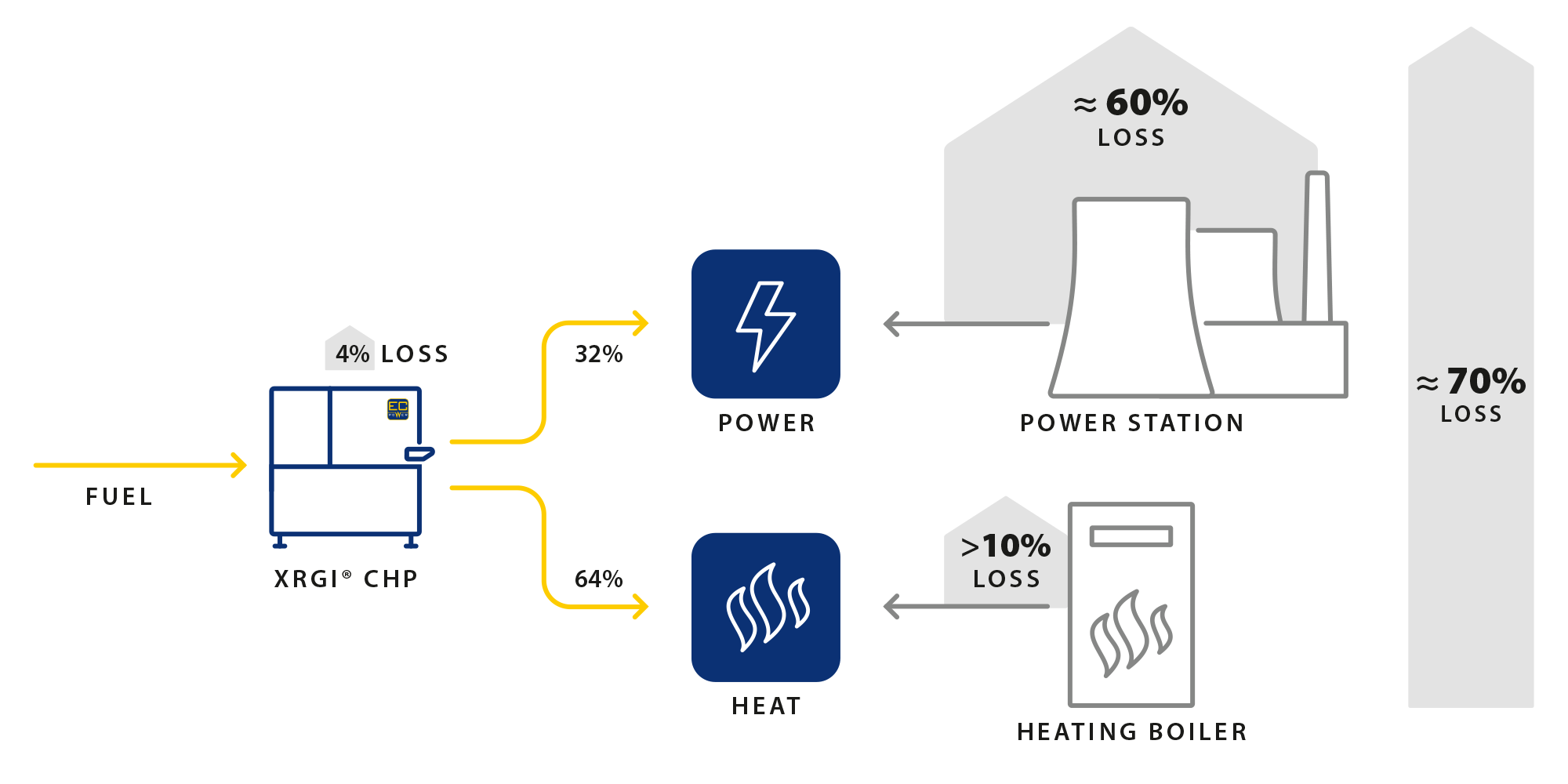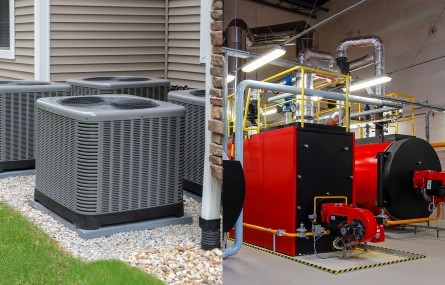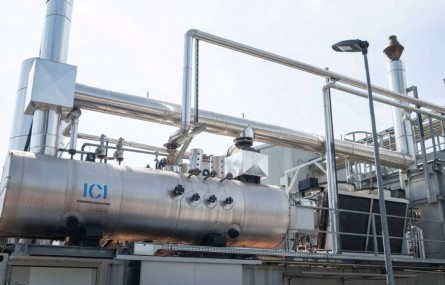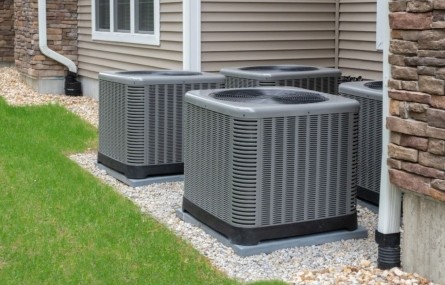Combined Heat and Power (CHP) Systems: A Comprehensive Guide

As the global push towards net zero intensifies, engineering solutions that maximize energy efficiency and minimize carbon emissions have never been more critical. One of the most effective technologies enabling this transition is Combined Heat and Power (CHP), also known as cogeneration. CHP systems offer a practical, scalable, and cost-effective pathway toward carbon neutrality, especially in urban settings like Hong Kong where space and energy demand are tightly constrained.
At IES Group, we’ve witnessed a surge in demand for high-efficiency, low-carbon solutions—particularly CHP systems—as clients across industries seek to align with international decarbonization targets. This article provides a comprehensive overview of CHP systems, their benefits, applications, and role in a low-carbon energy future.
What is a CHP System?
A Combined Heat and Power (CHP) system is a form of distributed energy generation that produces both electricity and useful heat from a single fuel source—typically natural gas, biogas, hydrogen, or even town gas. Unlike conventional power plants where waste heat is lost to the atmosphere, CHP systems recover and repurpose that thermal energy for space heating, hot water, or industrial processes.
This dual output dramatically improves overall energy efficiency, reaching up to 80–90%—compared to the 40–50% efficiency of traditional power generation methods.
Why CHP Matters in the Net Zero Journey
Transitioning to net zero involves more than just switching to renewables. It also requires enhancing the energy efficiency of existing systems. CHP systems play a crucial role in:
-
Reducing Carbon Emissions: By maximizing fuel use, CHP reduces CO₂ output per unit of energy delivered.
-
Lowering Operational Costs: Higher efficiency means less fuel is needed, lowering energy bills for facilities with high thermal demand.
-
Improving Resilience: CHP units can operate independently or in parallel with the grid, providing critical backup during outages.
-
Supporting Decentralized Power: As part of microgrid or district energy strategies, CHP enhances local energy security.
For facilities pursuing carbon neutrality, integrating CHP with renewable fuels (like hydrogen or biomethane) further reduces the system’s environmental footprint.

Image by: EC Power
Applications Across Industries
CHP is a proven technology with broad applications, especially where simultaneous electricity and heating/cooling are needed. Key sectors include:
-
Hospitals & Healthcare: Reliable power and heat for sterilization, HVAC, and hot water.
-
Hotels & Resorts: Simultaneous production of power, heating, and hot water enhances guest comfort and operational savings.
-
Industrial Facilities: Heat for drying, washing, or chemical processes alongside electricity for machinery.
-
Commercial Buildings: Office towers, malls, and mixed-use developments benefit from lower energy costs and improved sustainability credentials.
-
Sports & Leisure Facilities: For example, PADEL+ Sai Kung integrates CHP into its energy system—powering the club while providing hot water and supporting EV charging from a hybrid hydrogen setup.
At IES Group, we’ve implemented CHP systems across multiple sectors—helping our clients future-proof their infrastructure while moving closer to net zero emissions.
CHP + Hydrogen: The Future of Low-Carbon Energy
The next frontier in decarbonized CHP lies in clean fuels. Hydrogen-powered CHP systems offer near-zero carbon emissions when sourced from green hydrogen. In Hong Kong, where renewable land resources are limited, hybrid systems that extract hydrogen from town gas via Pressure Swing Adsorption (PSA) and feed it into fuel cells and CHP engines present a realistic and scalable model.
Our team at IES Group is at the forefront of these innovations, offering integrated solutions that combine fuel cells, CHP, and microgrid management to deliver reliable, low-carbon energy in compact urban footprints.
Key Benefits of CHP at a Glance
✅ Up to 90% energy efficiency
✅ Significant CO₂ reduction
✅ Lower energy costs and faster ROI
✅ Enhanced energy security
✅ Supports net zero and ESG goals
IES Engineering: Your Partner for CHP and Low-Carbon Solutions
At IES Group, we specialize in customized CHP solutions tailored to your facility’s needs. Whether it’s a retrofit, new build, or integration with hydrogen and EV charging infrastructure, our team offers full-cycle support—from feasibility studies to commissioning and O&M.
Our mission is to accelerate carbon neutrality in Hong Kong and the region by deploying smart, efficient, and innovative energy systems. CHP is not just an energy solution—it’s a strategic asset in your organization’s journey toward net zero.



